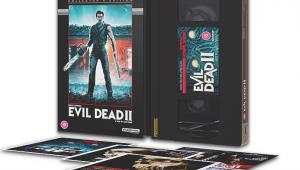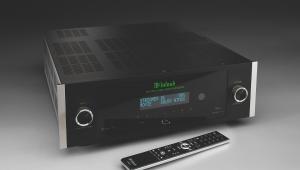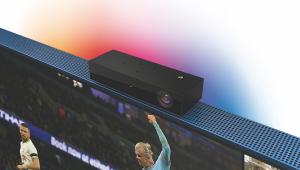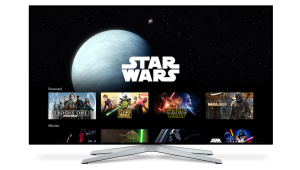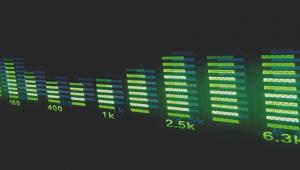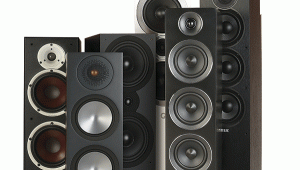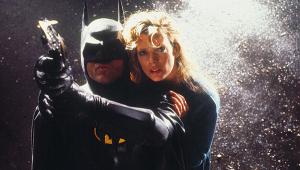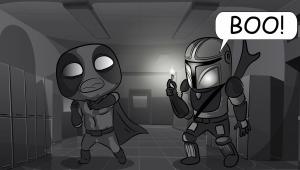It's about surround sound, not just loud sound
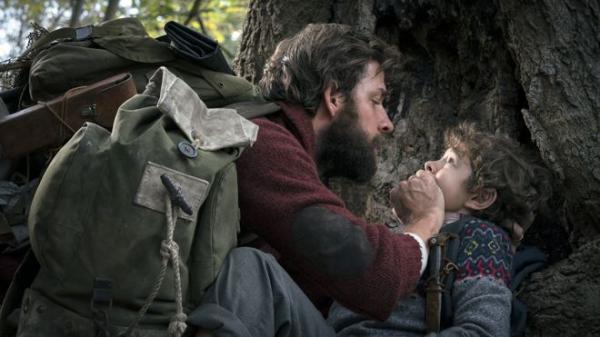
When it comes to movie soundtracks, it's often assumed that home cinema fans like them as loud and brash as they can be. After all, unlike friends and family members who are content listening to films through the piddly drivers crammed into their flatscreen TVs, we've actually gone to the effort of filling our living room or movie den with honking great speakers. So it only stands to reason that we'll be cranking them to the max. Doesn't it?
Well, it's true that there's nothing wrong with a spot of aural extravagance. I certainly watch movies on my home cinema setup with the volume higher than it is when I watch the vast majority of TV programmes. I don't believe there's anything to be gained from having George Alagiah bellowing today's news headlines at me, but I'm not going to watch, say, Blade II's big showdown between Wesley Snipes, Ron Perlman and an army of faceless goons set to The Crystal Method's Name of the Game without ensuring that every single punch and blow on the Blu-ray's bass-rich DTS-HD Master Audio 7.1 soundtrack hits with the maximum impact.
But it's not just about volume; there's also the matter of nuance. After all, a wall of noise is just that: noise. You might as well be listening to a 2.1-channel mix if all you really care about is the volume level. Without nuance and range you end up with a soundtrack that is quite simply monotonous.
This is why the very best multichannel mixes, those where care an attention has been lavished, focus as much (if not more) effort on creating discernible three-dimensional soundscapes through seamless steering and subtle atmospheric effects. Such soundtracks make you feel like you're in the heart of the onscreen action.
I was made even more aware of this recently, during a visit to my local multiplex to catch John Krasinski's survival horror A Quiet Place. For those of you who haven't had the pleasure, the film stars Krasinski and his real-life spouse Emily Blunt as parents trying to keep their family alive in a world where the human population has been ravaged by sightless monsters that hunt by sound. The protagonists spend every waking hour trying not to make any loud noises, communicating with one another only through sign language.
Silence is goldenI'm sure you'll agree, it's one hell of a nifty setup. And it's one that the film's supervising sound editors Erik Aadahl and Ethan Van der Ryn work wonders with. Living up to its title, A Quiet Place is a very quiet film – right down to a lack of bird or animal noise in its rural environs (presumably they've all been hunted and killed, too).
Because of this, it actively draws attention to every single noise that emerges from the speakers, making its audience hyper-aware of the threat that each and every one could represent. It also serves to make those moments when the creatures attack, where the speakers erupt with all sorts of aural fury, that much more startling and impactful.
Better yet, it also resulted in the quietest cinema audience I have ever experienced. Across the packed theatre, breath was held, popcorn was sucked and not a word was uttered during the entire running time – apart from a quick expletive accidentally blurted out during one of the creature attacks. Could it be that the best way to make audiences shut-up is to make films quieter, not even louder?
What are your favourite examples of movie sound design?
Let us know: email [email protected]
 |
Home Cinema Choice #351 is on sale now, featuring: Samsung S95D flagship OLED TV; Ascendo loudspeakers; Pioneer VSA-LX805 AV receiver; UST projector roundup; 2024’s summer movies; Conan 4K; and more
|

